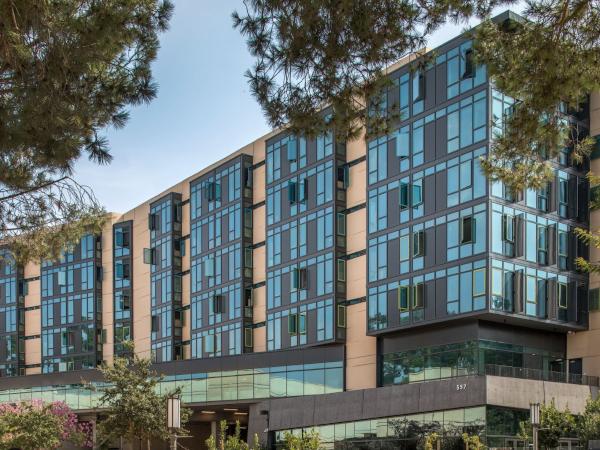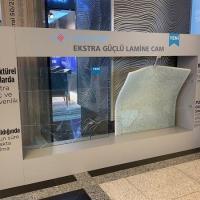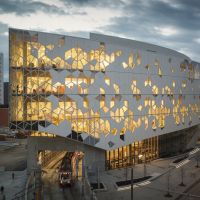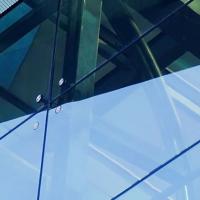
Date: 9 January 2023
Vitro Architectural Glass (formerly PPG Glass) announced that it will be renaming three of its signature Solarban® solar control, low-emissivity (low-e) glass products at the beginning of 2023. While the products will have new names, the performance and visual characteristics of all three glasses will remain the same.
Solarban® 67 glass will be renamed Solarban® R67. The addition of the R designation brings Solarban® R67 into a group of subtly reflective glasses, including Vitro’s Solarban® R77 and Solarban® R100 glasses, and helps make its aesthetic attributes clearer to customers. Solarban® R67 glass provides excellent solar control performance and transmits and reflects colors with remarkably crisp fidelity and can be specified with low-iron, blue, green and earth-toned tinted glasses for additional visual impact.
Additionally, Solarban® z50 glass will be renamed Solarban® 60 on Optiblue® glass and Solarban® z75 glass will become Solarban® 70 on Optiblue® glass. The new names reflect the products’ composition.
“Solarban® z50 glass consists of the Solarban® 60 solar control, low-e coating on Optiblue® tinted glass and em>Solarban® z75 glass is made up of our Solarban® 70 solar control, low‑e coating on Optiblue® tinted glass,” explains Emily Losego, director, commercial segment innovation, Vitro Architectural Glass. “By changing the product names to better reflect their aesthetic attributes and physical composition, we believe it will be easier for architects, fabricators and others who work with architectural glass to evaluate and select the best product for their projects.”
Solarban® 60 on Optiblue® glass features a neutral, cool blue-gray appearance, and in a one-inch insulating glass unit with clear glass provides visible light transmittance (VLT) of 51% and a solar heat gain coefficient (SHGC) of 0.32. Solarban® 70 on Optiblue® glass features a similar cool blue-gray appearance and, in a one-inch insulating glass unit, provides visible light transmittance (VLT) of 46% and a solar heat gain coefficient (SHGC) of 0.23. Because of their neutral color profiles, both glasses harmonize well with clear and other color-neutral Solarban® solar control low-e glasses.
To learn more about all the architectural glass products available from Vitro Architectural Glass, visit www.vitroglazings.com.
 600450
600450



















Add new comment